1 John Everett Millais Style Fully Custom Digital Portrait, that will reflect your love of art.
Digital portrait with your face in John Everett Millais style, with a 4K pixel quality approximately, in square format (with an aspect ratio 1:1), that we will obtain in the subsequent editing processes.
1️⃣ Place your order.
2️⃣ I will contact you to give you the details.
3️⃣ You will need to provide around 21 different images of the person to be portrayed.
4️⃣ A round of comments to choose from 4 options.
5️⃣ I will finish your portrait and we will pass you the file in PNG.
We will train the AI to create your portraits to look just like you in the style of John Everett Millais
How do we get the best portrait??
We need a total of 21 Images of the person to be able to train, with guarantees of success, to artificial intelligence. The better you follow these guidelines, The better will be the portraits we will give you:
👍 Photos where Only the protagonist of the portrait is. VERY IMPORTANT!!
👍 Photos with different expressions
👍 Photos in Different places, Backgrounds and angles
👍 Photos at different times of the day
👍 Looking at the camera and also looking at infinity
👎 We can't use duplicate photos
👎 We can't use black and white photos
👎 We can't just use selfies
👎 We can not use images with sunglasses on (In the head yes)
Of course, There are orders that we have not accepted and will not accept for the following reasons, That's why we ask:
❌ No nudity
❌ No war content
❌ No erotic content
After buying, You can send your images for us to create the portrait to the email address hola@basiliscodeoko.com indicating the order number.
We'll send you an email with a link to the images when it's finished.
🦸 Note: By curating the results, We will discard all results that are not of sufficient quality.
❤️ For your safety: the images you upload are ONLY used to generate your portraits. Both the images you upload and the trained AI model are self-deleted in 7 days.
⭐If you also want to receive a framed poster with your portrait, Write us by email hola@basiliscoderoko.com or by whatsapp to +34 625 76 80 35 and we will estimate the costs.
John Everett Millais (1829-1896) was an outstanding British painter and illustrator of the Victorian era. He was a founding member of the Pre-Raphaelite Brotherhood., a group of artists who sought to revive the art of the early Renaissance by rejecting the academic conventions of their day. Millais became one of the most successful artists of his generation, receiving numerous awards and honors throughout his career..
Early life and education
John Everett Millais was born in Southampton, England, the 8 of June 1829. His father, John William Millais, was a prominent Jersey-born physician, and his mother, Emily Mary Millais, she was the daughter of a lawyer. Millais was the third of eight siblings, and showed an early talent for drawing and painting. At the age of eleven, he enrolled at the Royal Academy Schools in London., where he studied with the celebrated painter Sir John Everett.
In 1848, Millais and a group of young artists, among whom were Dante Gabriel Rossetti and William Holman Hunt, formed the Pre-Raphaelite Brotherhood. They intended to create a new artistic style inspired by the early Italian Renaissance, before the time of Raphael. They rejected the academic conventions of their day., such as the use of dark shadows and glazes, and instead tried to create highly detailed, brightly colored works.
The Pre-Raphaelite Brotherhood
Millais was a key figure in the Pre-Raphaelite Brotherhood and contributed to many of its most famous works.. His first big hit came in 1850 with the picture “Isabella”, depicting a scene from the poem “Isabella; or, The Pot of Basil” John Keats. The painting was praised for its bright colors and intricate detail., and helped cement Millais's reputation as a rising talent in the art world..
Millais's next major work was “Christ in his parents' house” (1850), depicting the Holy Family in a carpenter's workshop. The painting was controversial for its realistic depiction of the Holy Family as working-class people., and was criticized by some as sacrilegious. Nevertheless, it was also praised for its strong emotional impact and technical excellence..
Throughout the decades of 1850 y 1860, Millais went on to produce a series of highly detailed and emotionally charged paintings.. One of his most famous works from this period is “Ophelia” (1852), depicting the tragic heroine of William Shakespeare's play “Hamlet” floating down a river surrounded by flowers. The painting is famous for its use of light and color, and has become an iconic image in British art history.
success and recognition
Millais's success as an artist continued to grow through the decades of 1860 y 1870. In 1853 was elected an Associate Member of the Royal Academy, of which it became a full member in 1863. He also received numerous commissions from wealthy patrons., including the royal family.
One of his most famous commissions was the portrait of John Ruskin (1853), depicting the famous art critic and social thinker in an unflattering, naturalistic light. Ruskin was a close friend and follower of the Pre-Raphaelite Brotherhood., but he was deeply offended by the painting, that he considered a betrayal of the values they shared. The controversy surrounding the painting led to a public rift between Ruskin and the Pre-Raphaelite Brotherhood., and marked a turning point in the history of the group.
Despite the controversy, Millais continued to receive accolades and honors throughout his career.. He was knighted by Queen Victoria in 1885 and received the Order of Merit in 1896, shortly after his death.
Later works and legacy
In the last years of his career, Millais turned his attention to portraiture and landscape. He made a series of highly realistic portraits of the most prominent figures of his time., como William Gladstone, Prime Minister of England. He also created a series of landscapes that captured the beauty of the English countryside., as “cold october” (1870), depicting a rural scene in autumn.
Millais continued to work until his death in 1896. He had a profound impact on the art world of his day., and his legacy can still be felt today. He was a master of technique and composition., and had a remarkable ability to capture the emotions and moods of his sitters. His works continue to be admired for their beauty and strength., and constitute a testament to the enduring legacy of the Pre-Raphaelite Brotherhood.



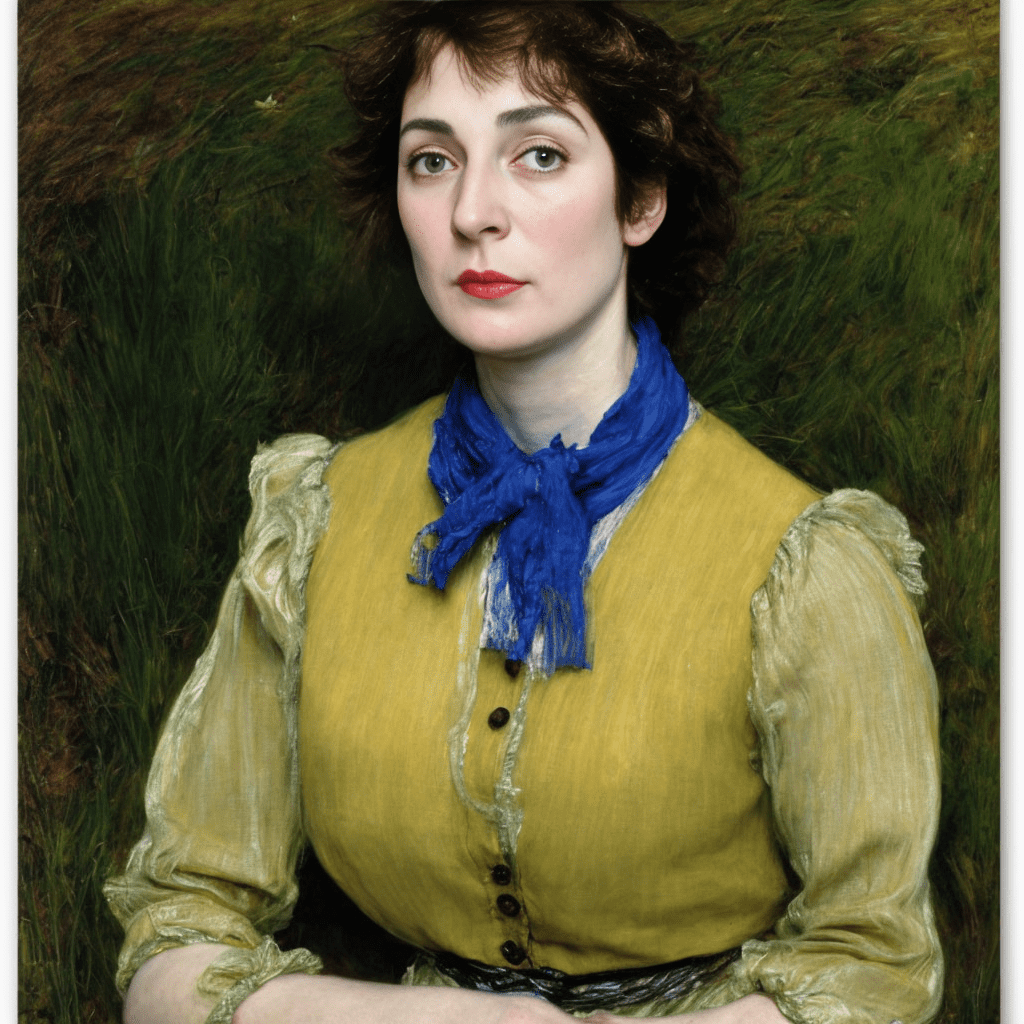

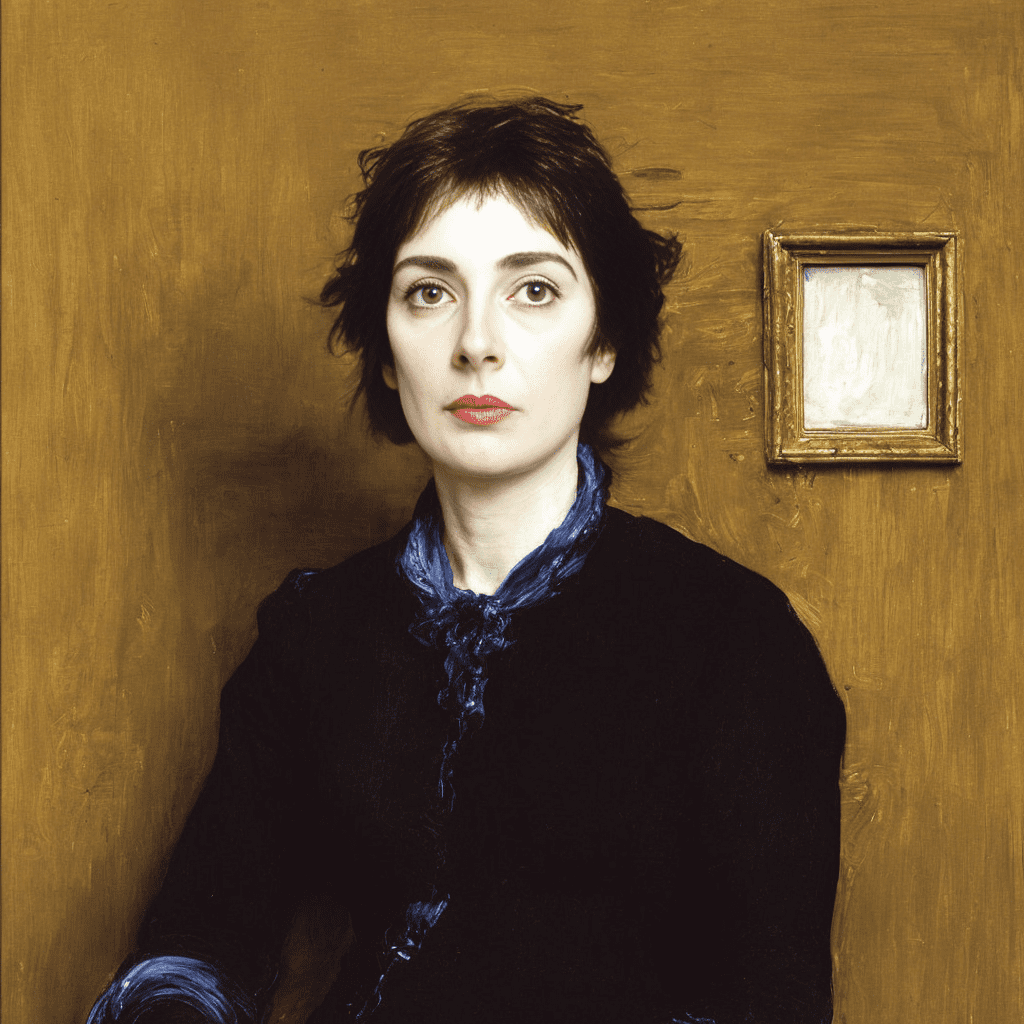




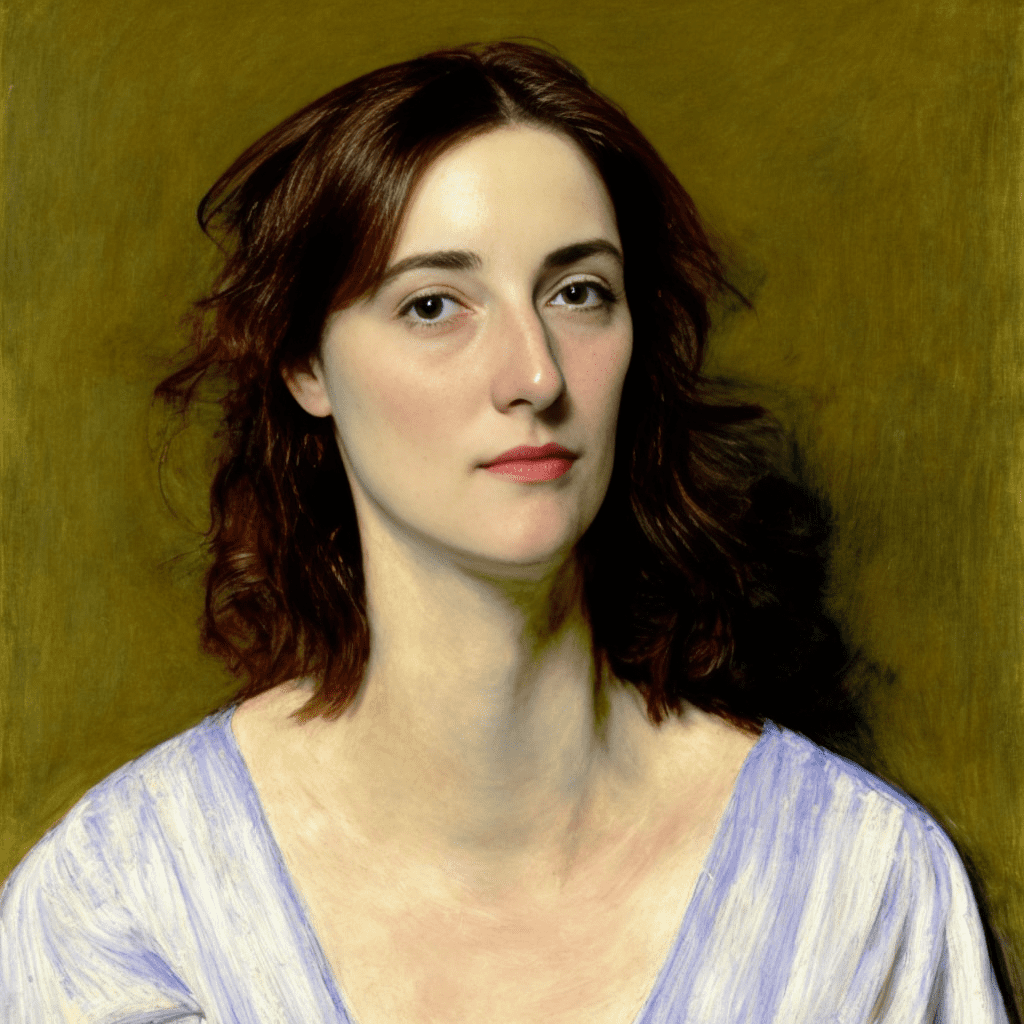





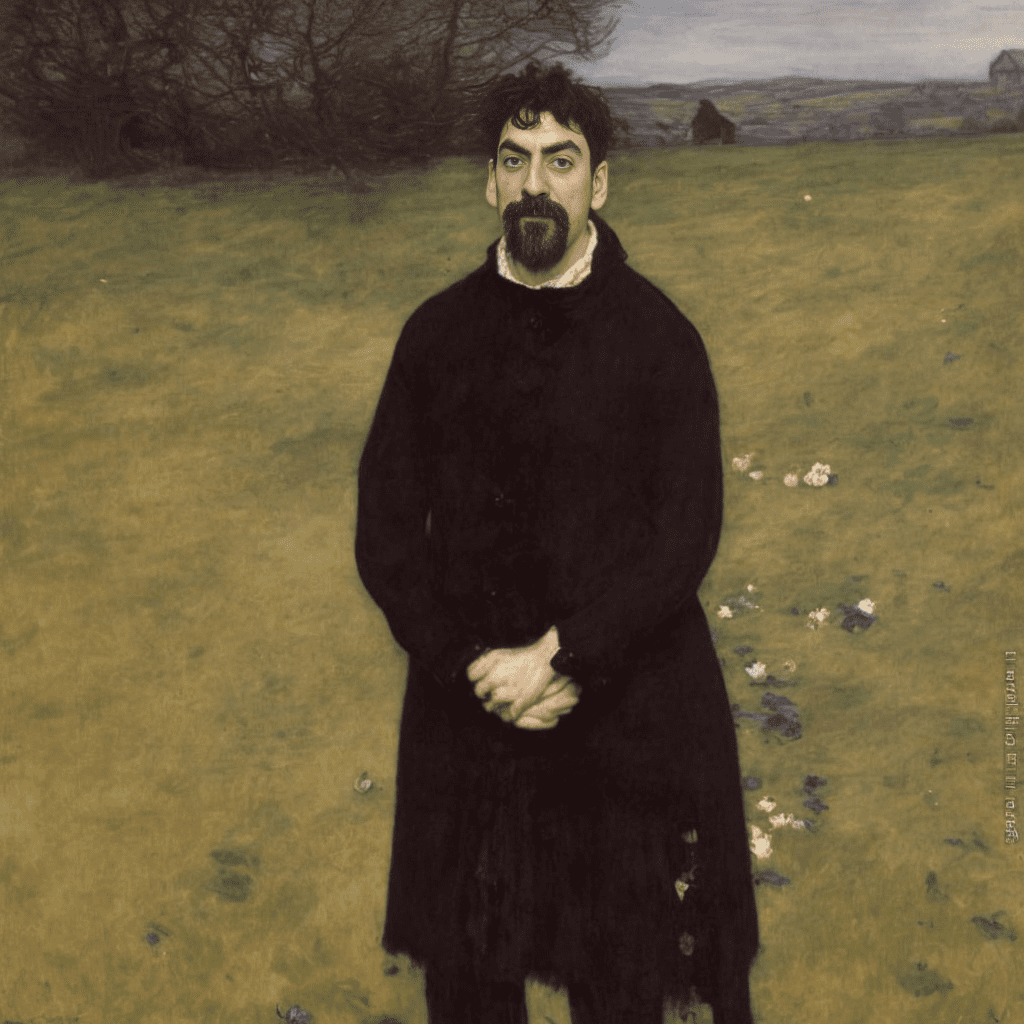

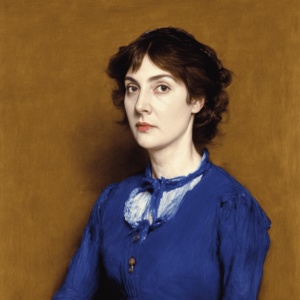












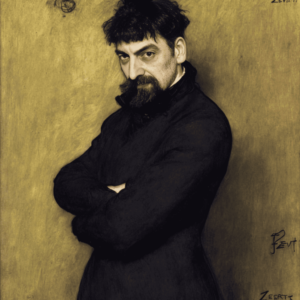







Reviews
There are no reviews yet.